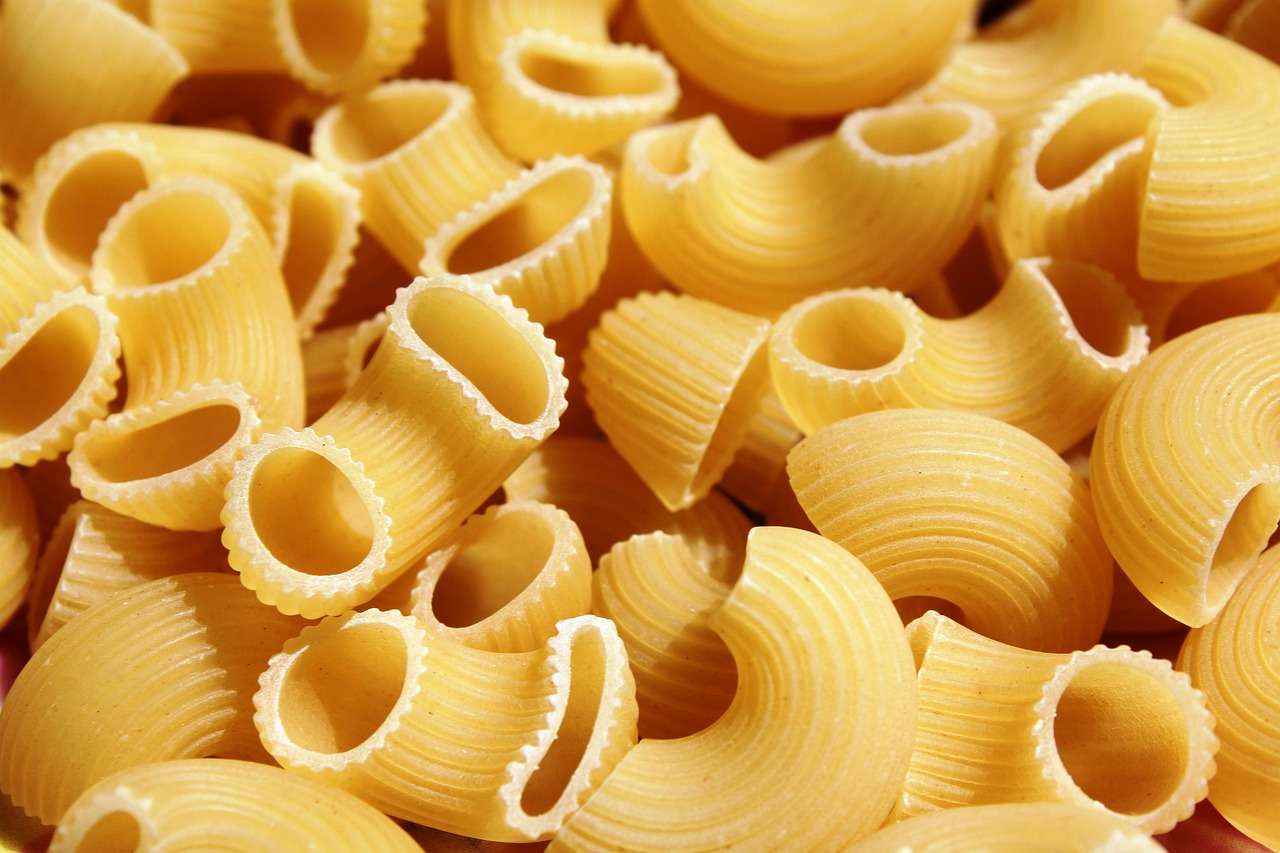“`html
In the pursuit of a healthier lifestyle, many people have turned to low-fat diets as a viable option for managing weight, improving heart health, and enhancing overall well-being. With an abundance of processed foods offering low-fat options, it can be easy to overlook the nuanced benefits and challenges associated with this dietary approach. Understanding the principles behind low-fat eating can empower you to make informed choices that align with your health goals.
What is a Low-Fat Diet?
A low-fat diet typically restricts total fat intake to 20-30% of your daily calorie consumption. This dietary strategy focuses on limiting unhealthy fats while promoting fruits, vegetables, whole grains, and lean proteins. Here’s what you should know about this diet:
The Basic Principles of Low-Fat Eating
- Emphasis on whole foods like fruits, vegetables, and whole grains.
- Inclusion of lean proteins such as chicken, turkey, fish, and legumes.
- Minimization of saturated and trans fats found in fried foods, processed snacks, and fatty meats.
- Awareness of portion sizes to maintain a caloric deficit.
The Benefits of a Low-Fat Diet
The low-fat diet offers numerous health benefits which can significantly impact your quality of life.
Health Benefits
- Weight Management: By reducing fat intake, you may decrease overall calorie consumption, aiding in weight loss or maintenance.
- Lowering Cholesterol Levels: A diet low in saturated fats can help improve your lipid profile, reducing the risk of heart disease.
- Improved Digestion: High-fiber foods, often incorporated in low-fat diets, support digestive health.
- Reduced Risk of Chronic Diseases: A low-fat diet is linked to a lower incidence of conditions such as diabetes and hypertension.
Potential Challenges of a Low-Fat Diet
While a low-fat diet can be beneficial, it is essential to consider some challenges that may arise.
Common Pitfalls
- Inadequate Nutrient Intake: Focusing excessively on reducing fat can lead to a lack of essential fatty acids.
- Processed Low-Fat Foods: Many low-fat products contain added sugars and preservatives that can be detrimental to health.
- Sustainability: Some individuals find it challenging to maintain a low-fat diet over the long term.
How to Implement a Low-Fat Diet
Making the switch to a low-fat diet doesn’t have to be overwhelming. Here are practical tips to get started.
Meal Planning and Preparation
- Focus on Whole Foods: Base your meals around fresh produce, lean meats, and whole grains.
- Cook at Home: Preparing meals at home allows you to control your fat intake better.
- Smart Snacking: Choose low-fat snacks like fruits, vegetables with hummus, or air-popped popcorn.
- Read Labels: Pay attention to nutritional information on packaged foods.
Popular Low-Fat Foods to Include
Incorporating a variety of low-fat foods into your meals can make healthy eating enjoyable. Here’s a list of great options:
Recommended Low-Fat Foods
- Fruits: apples, berries, oranges
- Vegetables: spinach, carrots, broccoli
- Grains: brown rice, quinoa, oats
- Lean Proteins: turkey breast, fish, lentils
Conclusion
Adopting a low-fat diet can be a transformative step toward improved health, offering a range of benefits from weight management to reduced risk of chronic diseases. However, it’s essential to approach this dietary strategy mindfully, ensuring that your meals are balanced and nutrient-dense. By focusing on whole foods, monitoring food labels, and preparing meals at home, you can effectively implement a low-fat diet that supports your long-term health goals. Remember, the key is not just reducing fat but making healthier overall dietary choices.
“`






